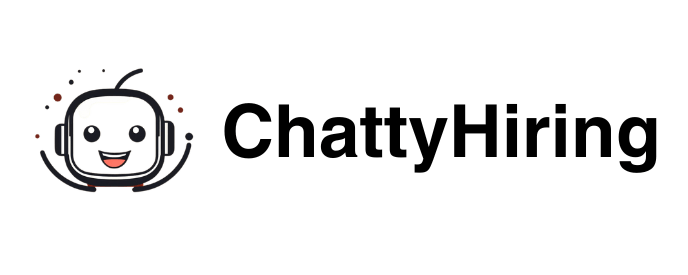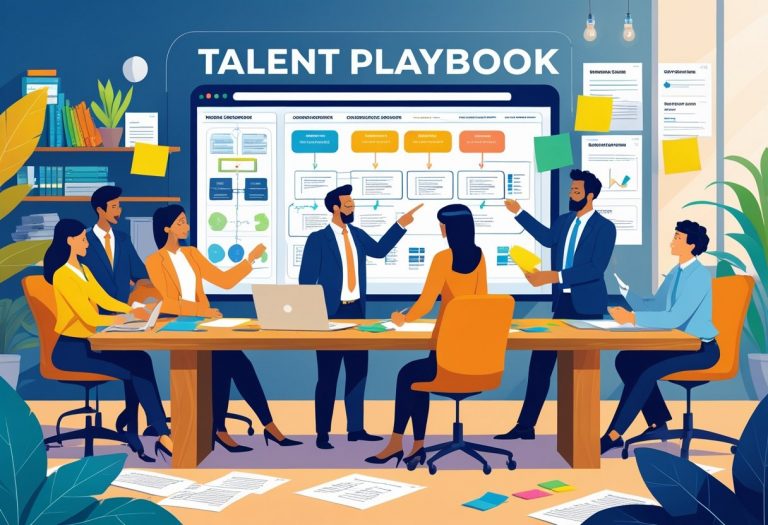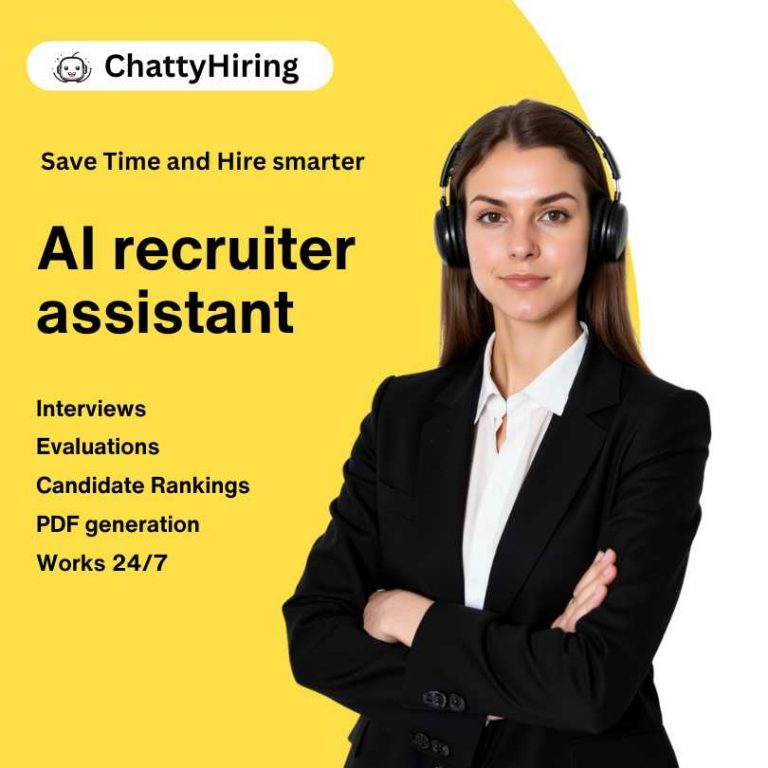A talent playbook is your strategic blueprint for navigating every part of workforce management—from initial sourcing to long-term employee development.
Building an excellent talent playbook means taking a systematic approach that aligns human capital strategies with business goals, while setting up clear processes for attracting, developing, and retaining top performers.
Companies that invest in comprehensive talent frameworks set themselves up to compete more effectively in today’s dynamic job market.
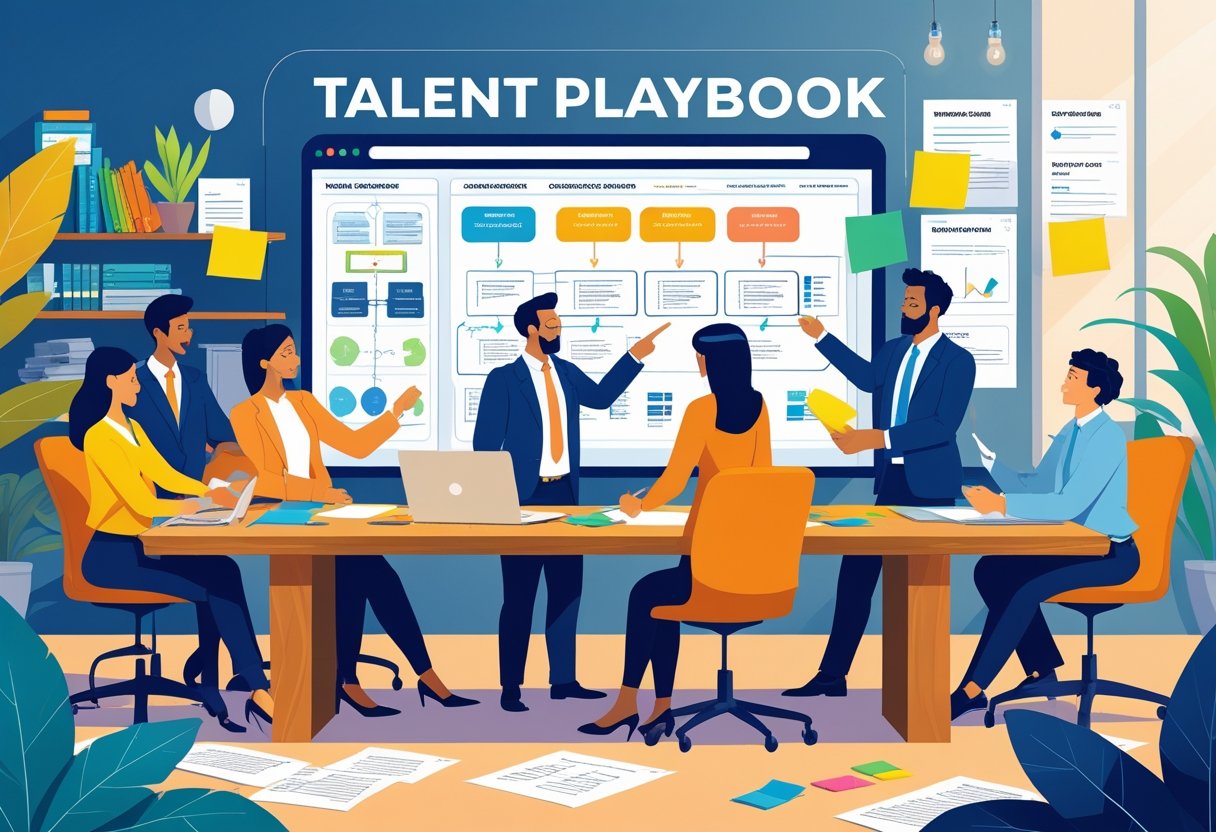
The most successful organizations know that talent management isn’t just about filling open reqs—it’s about building sustainable systems that drive both individual and organizational growth.
A well-structured playbook removes guesswork from hiring decisions and gives managers the tools they need to develop their teams.
This approach helps companies cut turnover costs and build stronger, more capable workforces.
Creating a talent playbook means setting foundational principles, designing efficient acquisition processes, and rolling out development strategies that give your organization a real edge.
Here’s a framework with practical steps HR leaders and business execs can use to build an excellent talent management system that delivers results and supports long-term success.
Defining Your Talent Playbook Foundation
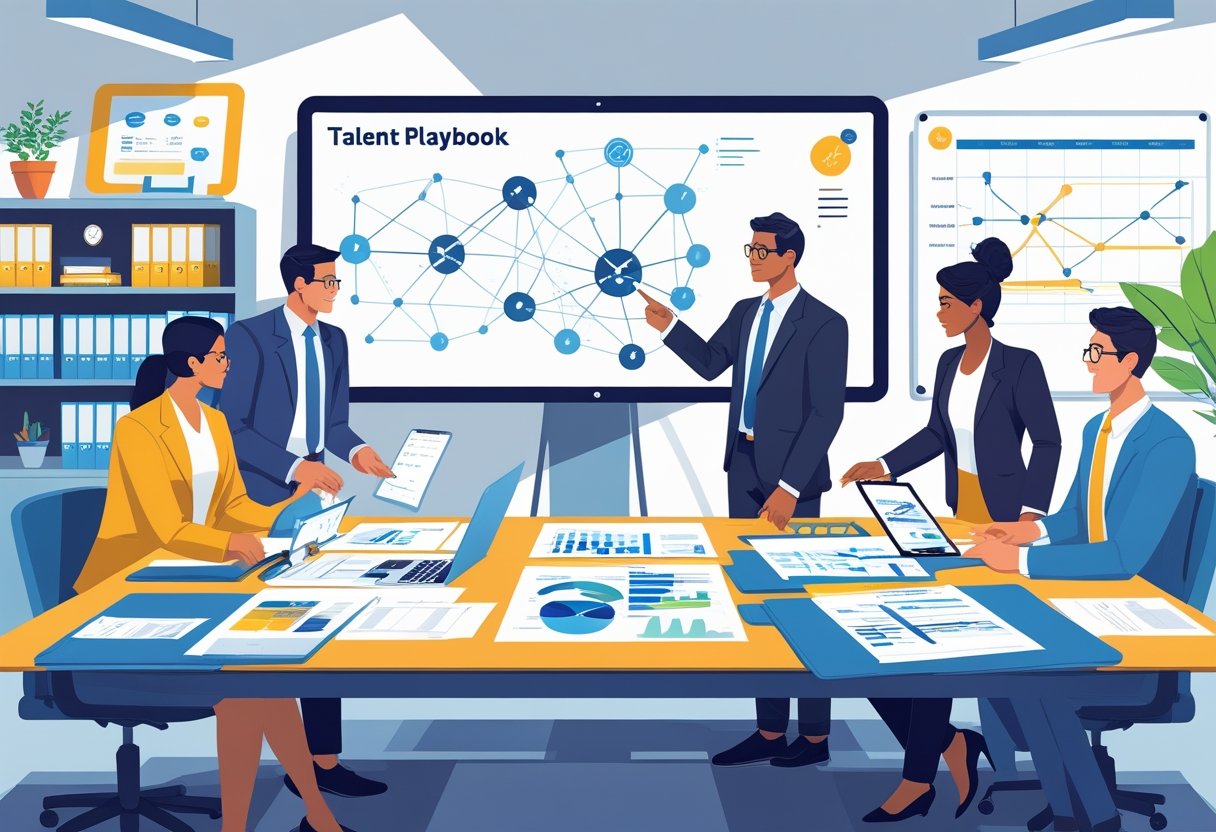
Building a solid foundation starts with clear business alignment, defined stakeholder roles, and strategic workforce planning.
These elements lay the groundwork for effective talent management decisions.
Clarifying Business Objectives and Talent Strategy
Organizations need to connect their talent strategy directly to business goals.
This ensures every hiring, development, and retention move supports company growth.
Start by identifying specific business outcomes for the next one to three years.
Revenue goals, market expansions, and product launches all call for different talent approaches.
Map out the skills needed to hit your business priorities.
For example, a company launching digital products will need different capabilities than one focused on cost-cutting.
Key alignment steps:
- Review annual business plans and strategic initiatives
- Spot skill gaps that could block objectives
- Set talent metrics to track business impact
- Prioritize hiring for critical roles
Data-driven planning makes the connection between talent decisions and business results much clearer.
Document how each talent initiative supports business outcomes.
This builds accountability and helps win leadership buy-in for talent programs.
Identifying Key Stakeholders and Roles
An excellent talent playbook needs input from multiple departments and clearly defined ownership.
Every stakeholder brings unique insights into talent needs and challenges.
Primary stakeholders usually include:
| Role | Responsibility |
|---|---|
| HR Leaders | Overall strategy and policy development |
| Department Managers | Specific skill requirements and team needs |
| Executive Team | Budget approval and strategic direction |
| IT Teams | Technology platforms and data systems |
HR usually leads playbook development, but business leaders need to weigh in regularly.
Department managers know the day-to-day talent gaps and emerging skill needs.
Set up a stakeholder communication plan with regular check-ins.
Monthly reviews can keep the playbook relevant as business needs shift.
Spell out who has decision-making authority.
Some organizations give HR the final say on policies, while department heads control hiring decisions within those guidelines.
Document each stakeholder’s role in updating the playbook.
Talent management strategies work best when responsibilities are crystal clear across teams.
Aligning Workforce Transformation with Organizational Goals
Workforce transformation should back long-term organizational goals, not just short-term fixes.
Companies need systematic approaches to build capabilities over time.
Start with workforce analytics to get a handle on current skills and future needs.
Skills assessments will show you where the gaps are between your current talent and what’s needed for your strategy.
Common transformation priorities:
- Upskilling programs for new tech
- Leadership development for succession planning
- Culture change initiatives for new business models
- Remote work capabilities for distributed teams
Balancing immediate needs with future skill requirements is key to building effective talent pipelines.
Create transformation timelines that sync up with business milestones like product launches or market entries.
Track progress with skill assessments and performance metrics.
Regular check-ins help you spot what’s working and what needs tweaking.
Tie workforce transformation budgets to clear business cases.
Showing ROI helps secure ongoing investment in talent development.
Structuring Effective Talent Acquisition Processes

A solid talent acquisition process focuses on skills-based evaluation, leverages automation to cut down on manual tasks, and keeps you compliant with hiring regulations.
These elements combine to deliver faster, fairer, and more effective hiring outcomes.
Designing a Skills-Based Hiring Approach
Skills-based hiring evaluates candidates on what they can actually do, not just their degrees or years of experience.
This widens your talent pool and helps you predict job performance more accurately.
Start by mapping core competencies for each role.
Break them down into technical skills, soft skills, and behavioral traits.
This gives recruiters and hiring managers a clear set of criteria to evaluate consistently.
Assessment methods for skills-based hiring:
- Practical work samples or portfolio reviews
- Structured behavioral interviews with scenario questions
- Technical assessments or coding challenges
- Peer collaboration exercises for team-based roles
Train hiring managers on how to assess skills effectively.
Provide interview guides and scoring rubrics to reduce bias and keep evaluations consistent.
Align your talent acquisition strategy with real job requirements.
Dropping unnecessary degree requirements can boost candidate diversity by 30-40%.
Leveraging Technology and AI for Recruitment
AI-powered tools can automate repetitive tasks like resume screening and initial candidate outreach.
This lets recruiters focus more on relationship building and strategic planning.
Modern applicant tracking systems use AI to match candidate profiles with job requirements, speeding up the process.
Some systems even predict candidate success rates based on past hiring data.
Key AI applications in recruitment:
- Resume parsing and keyword matching
- Chatbots for initial candidate screening
- Interview scheduling automation
- Predictive analytics for candidate quality
Pick AI tools that integrate smoothly with your existing HR stack.
Make sure they can handle your hiring volume and the complexity of your roles.
The quality of your training data makes a big difference in how effective your AI tools will be.
Keep an eye out for bias in AI-driven candidate selection.
Regular audits can help you catch patterns that might unfairly exclude certain groups.
Human oversight should always be part of the final hiring decision.
Bringing AI and automation into your recruitment process helps streamline sourcing and screening while maintaining high candidate quality.
Ensuring Compliance Throughout Talent Acquisition
Compliance requirements differ by location and industry.
You need policies that cover equal opportunity employment, data privacy, and workplace safety.
Document everything—interview feedback, hiring decisions, and rejection reasons.
This creates an audit trail that shows your hiring practices are fair.
Essential compliance areas:
- Equal Employment Opportunity (EEO) reporting
- Background check regulations and consent
- Salary transparency laws
- Candidate data privacy protection
Train your hiring teams on legal requirements, including what questions to avoid and how to handle accommodation requests.
Keep these trainings up to date as regulations change.
Standardize how you handle sensitive candidate info.
Set clear data retention policies and use secure storage systems.
Make sure you have procedures for candidate consent and data deletion.
Global organizations face extra complexity with country-specific laws.
Develop localized compliance strategies while sticking to consistent global standards.
Enhancing Competitive Advantage Through Talent Development
Companies gain a real edge by investing in talent development—offering career growth, continuous learning, and tracking performance metrics.
These strategies help transform your workforce and attract job seekers who care about professional development.
Supporting Career Progression for Job Seekers
Today’s candidates want to see clear paths for advancement and skill development.
Create transparent career progression frameworks that tie individual goals to business objectives.
Clear Career Pathways show employees what their future could look like within your organization.
Lay out milestones, required skills, and expected timelines for moving up.
Structured career development can include:
- Mentorship programs pairing experienced pros with rising stars
- Cross-functional projects that broaden exposure
- Leadership training for high-potential talent
- Internal job rotations to build diverse skill sets
Job seekers are looking for employers who invest in their growth.
Companies that prioritize employee development attract top talent and can reduce hiring costs.
Regular career conversations between managers and employees help keep everyone on the same page.
Talk about aspirations, skill gaps, and what opportunities are available within the company.
Integrating Continuous Learning and Upskilling
Continuous learning is key to closing skill gaps and keeping your workforce ready for what’s next.
Offer a range of learning experiences to fit different styles and business needs.
Skill gap identification is the first step—assess current capabilities and see how they stack up against future requirements.
Mix and match learning formats for best results:
| Learning Method | Benefits | Best For |
|---|---|---|
| Online courses | Flexible, scalable | Technical skills |
| Workshops | Hands-on practice | Practical applications |
| Mentoring | Personalized guidance | Leadership development |
| Job rotation | Real-world experience | Cross-functional skills |
Use data and HR tech to track learning progress, spot trending skills, and measure program impact.
Upskilling initiatives should be directly linked to career advancement.
Employees are more motivated to learn when they see how new skills will help them grow.
Organizations that treat continuous learning as a must-have create cultures of growth.
These workplaces attract ambitious professionals and keep high performers engaged.
Measuring and Optimizing Talent Playbook Performance
Performance measurement makes sure talent development programs deliver expected outcomes and help maintain a competitive edge.
Organizations need to set clear metrics that track both individual progress and business impact.
Key Performance Indicators should include:
- Employee retention rates
- Internal promotion percentages
- Skill assessment improvements
- Training completion rates
- Employee engagement scores
Regular assessment highlights which programs are working and where improvements are needed.
Companies can refine their talent acquisition and development strategies based on real data instead of just assumptions.
Return on Investment calculations help justify ongoing investment in talent development.
Organizations should monitor revenue per employee, productivity gains, and reduced recruitment costs as benefits of these programs.
Collecting feedback from participants offers valuable insights into program quality.
Surveys, focus groups, and one-on-one interviews can reveal employee perspectives on their learning and development experiences.
Benchmark comparisons against industry standards show where the organization stands competitively.
This includes looking at retention rates, development spending, and employee satisfaction metrics.
Performance data should guide future program design and resource allocation.
This ongoing process strengthens the organization’s talent development capabilities over time.
-

A passionate advocate for the future of HR innovation. With expertise in leveraging AI to revolutionize recruitment processes, Carlos has a clear vision: empower HR teams while creating meaningful candidate experiences.
View all posts
